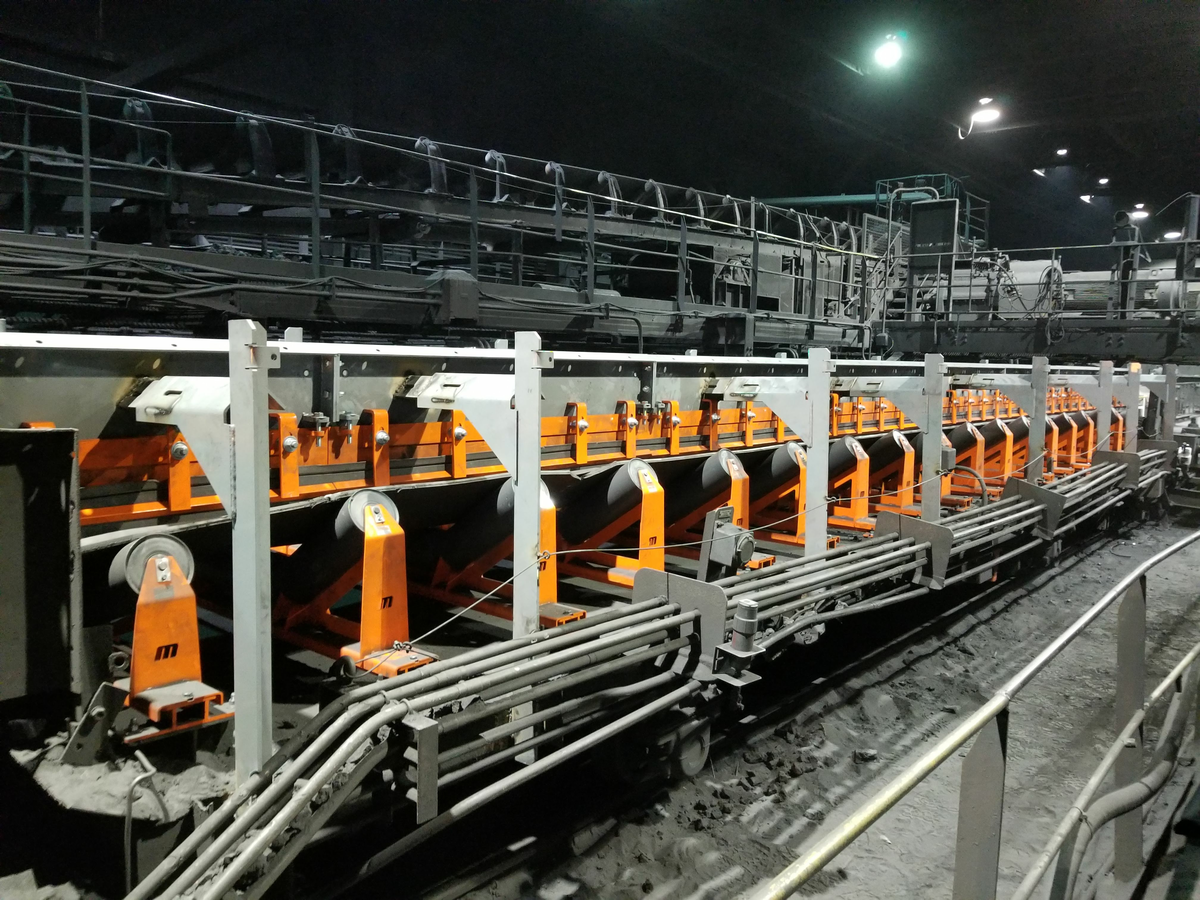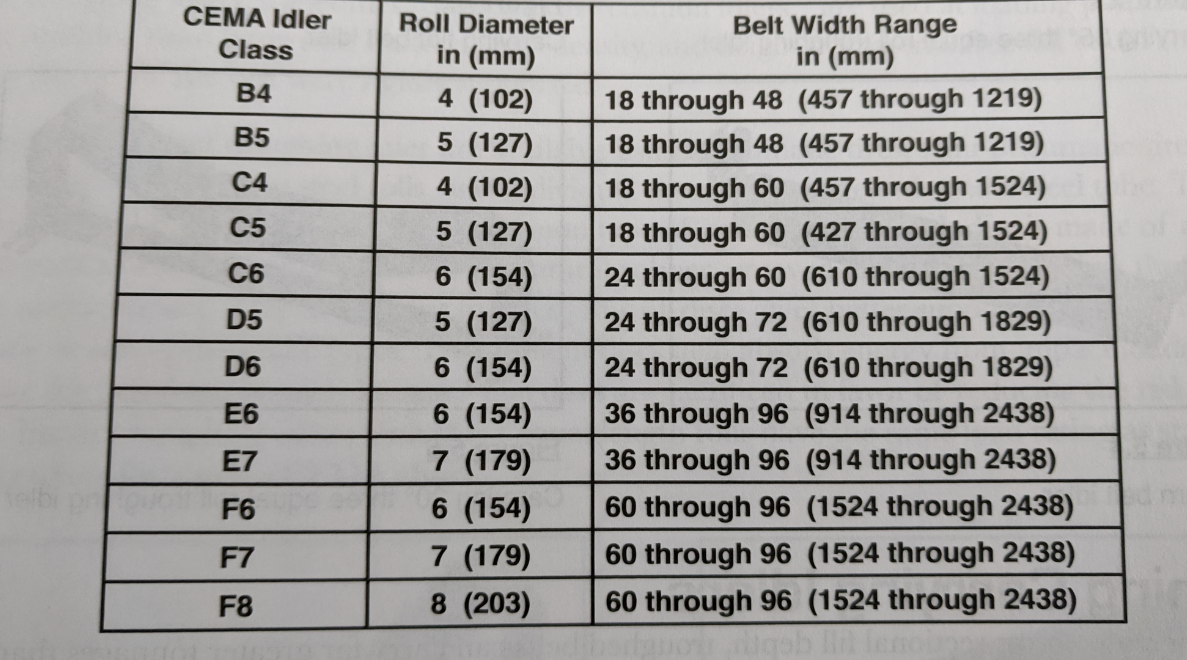By Lee Mueller on Jun 5, 2020 1:54:40 PM
Very often as I am conducting Foundations™ Conveyor Operations and Maintenance classes, many of the attendees say they are constantly changing out conveyor idlers that don’t seem to hold up like they should. With a little more discussion, I usually find that many of the attendees are not familiar with or following the CEMA (Conveyor Equipment Manufacturers Association) designations for idler applications. Although this may seem insignificant, this can be a very expensive issue when it comes to the operating costs of a plant.

Another area that often contributes to this issue is purchasing. In companies where purchasing decisions are based on buying the least expensive items to meet the operational needs, the CEMA designations may not be taken into consideration.
Idler life is determined by a combination of many factors:
- seals
- bearings
- shell thickness
- belt speed
- lump size/material bulk density
- maintenance
- environment
- temperature
- proper CEMA class of idler to handle the maximum calculated idler load
CEMA Idler classifications are listed alphabetically from B thru F. Each letter is accompanied by a number designating roll diameter and a range of belt widths as shown in the chart below from the CEMA Book, Belt Conveyors for Bulk Materials.

As you can see, there are multiple roll diameters in multiple idler classes. These options, if not properly understood in the plant from purchasing to maintenance, may lead to acquiring and installing idler sets that do not meet the plant's tonnage requirements. The primary lifespan component in an idler is the bearing.
For Example
Bearings in B5 are not sized for the load weight and belt speed as required in D5. Purchasing may not be aware of these requirements and purchase a B5 roll because it is less expensive, but the required diameter will be wrong. In the long run, the plant will spend more money on replacement rolls due the shorter bearing life of the B5 vs the D5.
Yet Another Situation We Run Into
Many of the companies I visit have been in existence for many years, a great many years. In some cases...most cases, these older plants are now running at a much higher production rate than when they were initially commissioned. Frequently, these plants do not modify the conveyor structures to handle the increased tonnage being produced. Most simply, they increase the size of the drives and speed up the existing conveyors to meet the new production levels. As a result, they continue to purchase and install the same idlers that were initially commissioned with the plant versus upgrading to the appropriate idlers for the new tonnage.
You can find this information and much more in CEMA's Belt Conveyors for Bulk Materials book.


comments